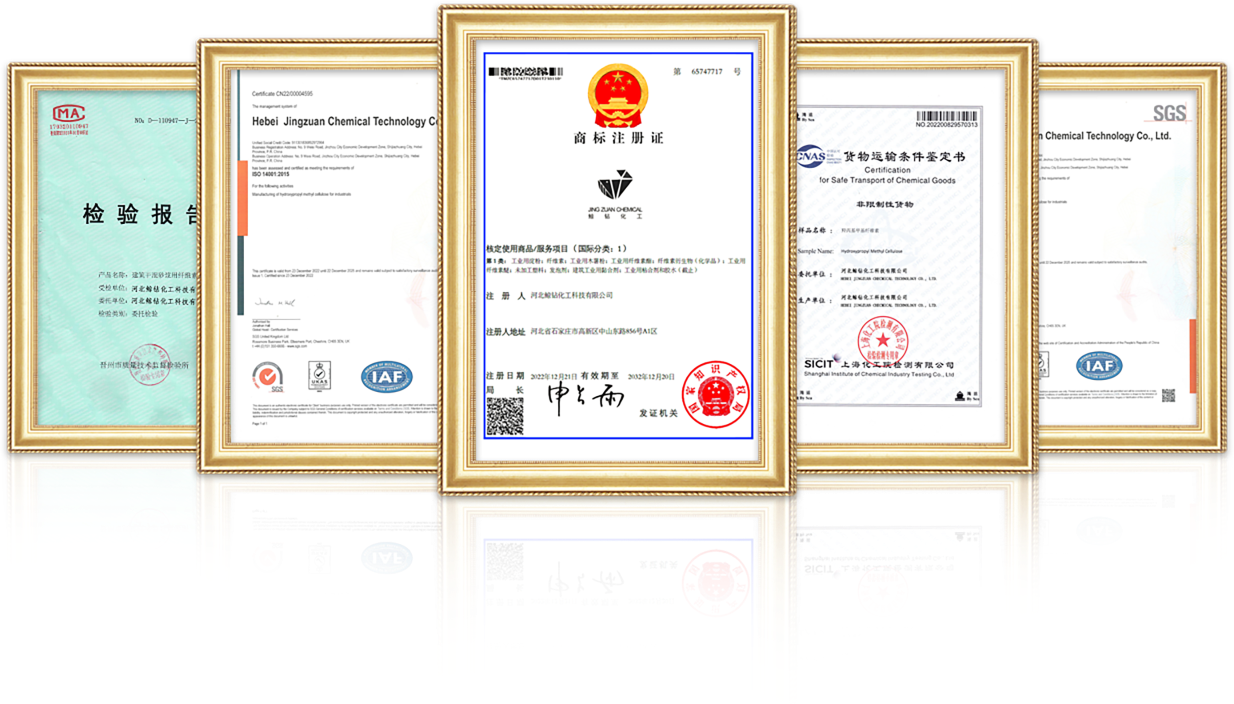
Nov . 19, 2024 08:06 Back to list
hydroxypropyl methyl cellulose solubility
Understanding the Solubility of Hydroxypropyl Methylcellulose
Hydroxypropyl methylcellulose (HPMC) is a cellulose derivative that has gained significant attention in various fields, including pharmaceuticals, food technology, and construction. Known for its unique properties, HPMC is widely used as a thickening agent, emulsifier, and film-forming agent. One of the critical characteristics of HPMC that influences its applications is its solubility. This article delves into the solubility of hydroxypropyl methylcellulose, exploring its implications in different industries.
Chemical Structure and Properties
HPMC is synthesized by the modification of cellulose, where hydroxypropyl and methyl groups are introduced into the cellulose structure. This modification imparts hydrophilic characteristics, allowing HPMC to dissolve in water and form a viscous solution. The degree of substitution (DS) plays a crucial role in determining its solubility. Higher levels of hydroxypropyl substitution generally increase the solubility of HPMC in water.
The solubility of HPMC is also influenced by the molecular weight and the viscosity grade of the polymer. HPMC comes in various grades, which correspond to different molecular weights and solubility profiles. Low molecular weight grades dissolve quickly and form less viscous solutions, while high molecular weight grades tend to be more viscous and form thicker solutions.
Solubility in Water
HPMC demonstrates good solubility in cold and hot water, making it a versatile ingredient in formulations. When dispersed in water, HPMC swells and forms a colloidal solution, which can be utilized to alter the texture and viscosity of products. This property is particularly valuable in pharmaceutical applications, where HPMC is employed as a binder in tablet formulations and as a coating agent, providing controlled release properties.
The ability of HPMC to form stable gels in water also finds applications in food technology. It is often used in gluten-free baking as a substitute for gluten, helping to improve dough texture and stability. Furthermore, in culinary applications, HPMC can be utilized to create foams and stabilize emulsions, highlighting its multifunctionality.
Factors Affecting Solubility
hydroxypropyl methyl cellulose solubility

Several factors impact the solubility of hydroxypropyl methylcellulose in water. Temperature is one of the most significant factors; as the temperature increases, the solubility of HPMC generally increases, leading to quicker dissolution rates. This temperature-dependent behavior is crucial in industrial processes where HPMC is required to be dissolved rapidly.
Additionally, the presence of salts and other solutes in the solution can affect HPMC solubility. The ionic strength of the solution can lead to either enhanced solubility or precipitation, depending on the interactions between HPMC and the solutes. Understanding these interactions is pivotal for formulating products in both pharmaceutical and food industries.
Applications of Hydroxypropyl Methylcellulose
The solubility characteristics of HPMC allow it to be employed in a variety of applications. In the pharmaceutical sector, HPMC is commonly used in the formulation of controlled-release tablets and capsules, where its solubility and gel-forming properties can be exploited to regulate drug release rates. Moreover, it is utilized as a thickening agent in aqueous formulations, such as suspensions and emulsions, contributing to the stability and viscosity of the product.
In the food industry, HPMC is valued for its ability to enhance texture and moisture retention in various products, particularly in gluten-free baked goods. Its solubility in both cold and hot water allows for versatility in food applications, ranging from sauces and dressings to ice creams.
The construction industry also benefits from HPMC, particularly in the formulation of cement-based products. It acts as a water-retaining agent, improving workability and extending the open time of mixtures.
Conclusion
Understanding the solubility of hydroxypropyl methylcellulose is essential for optimizing its use across various industries. Its unique solubility characteristics make it a valuable ingredient in pharmaceuticals, food technology, and construction, enabling customized solutions tailored to specific needs. Continued research and innovation around HPMC will likely uncover even more potential applications, further solidifying its role as a versatile polymer in modern manufacturing and formulation practices.
-
Versatile Hpmc Uses in Different Industries
NewsJun.19,2025
-
Redispersible Powder's Role in Enhancing Durability of Construction Products
NewsJun.19,2025
-
Hydroxyethyl Cellulose Applications Driving Green Industrial Processes
NewsJun.19,2025
-
Exploring Different Redispersible Polymer Powder
NewsJun.19,2025
-
Choosing the Right Mortar Bonding Agent
NewsJun.19,2025
-
Applications and Significance of China Hpmc in Modern Industries
NewsJun.19,2025







